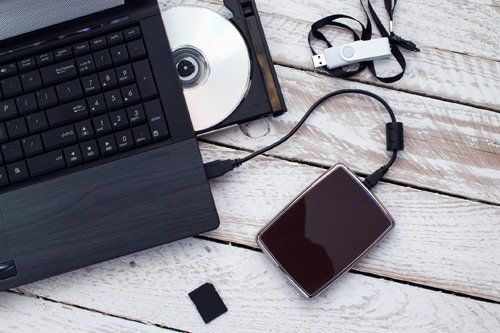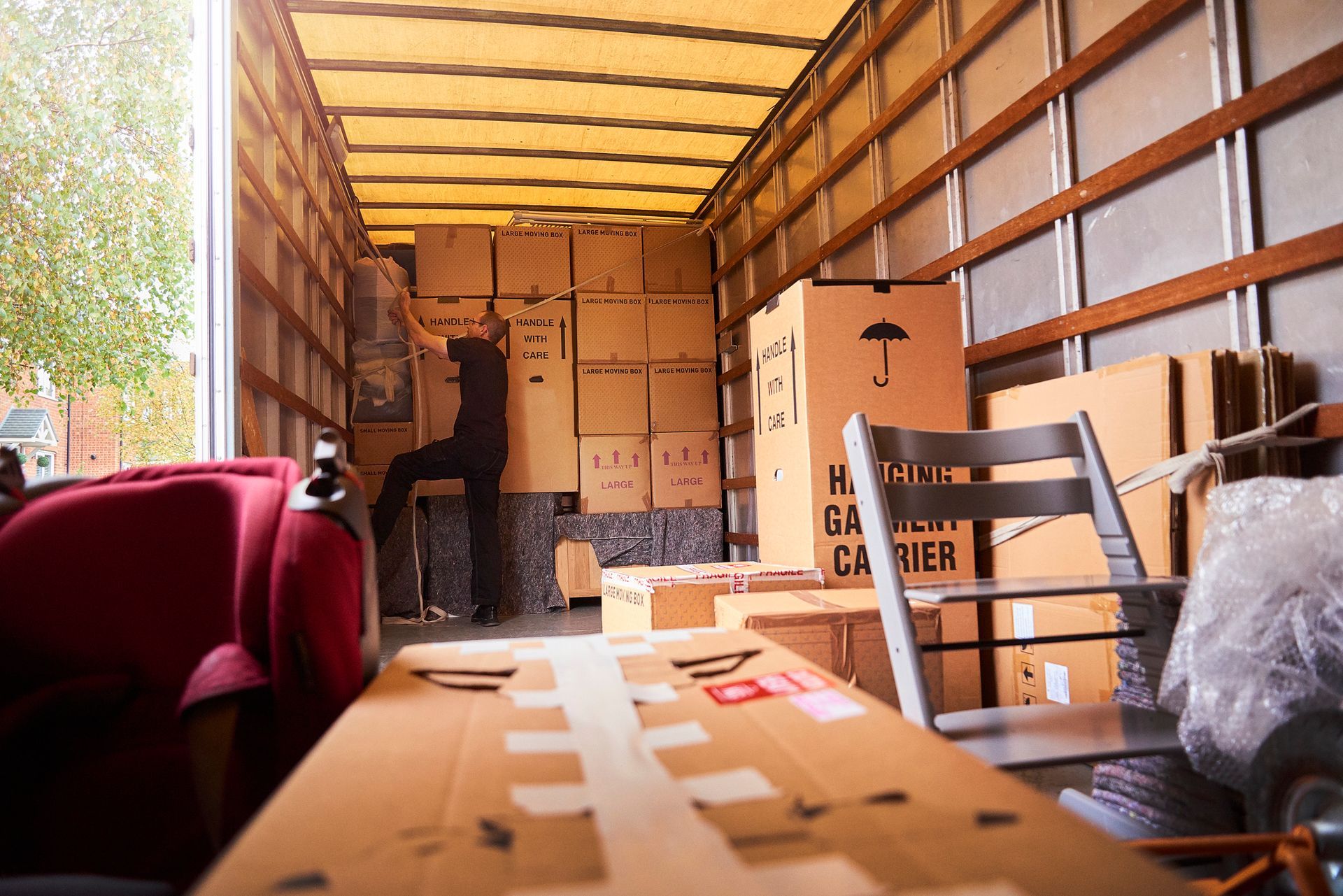7 Tips to Prepare Your Electronics for a Move
- By
- •
- 17 May, 2018
- •

Whether you’re moving an office or a home, you probably have a significant amount of electronic devices to transfer. Gone are the days when you just had to worry about desks and couches; today, a number of critical electronic devices may also need to be moved and stored. Here are a few tips for ensuring that your move is successful and that your electronics make it there safely.
1. Back Up Your Data First
Sometimes the most important thing about your devices isn't the devices themselves, but rather the information that's held on them. Before you begin a move, take the time to back up your data. You can back your data up to a cloud service to ensure that it isn't lost. However, make sure your data is properly encrypted and locked.
2. Mark Cords Before Disassembling
Before you start taking things apart and removing cords, use some masking tape or electrical tape to mark each of them. Place a letter or number on each cord and next to the port that it was connected to so reattaching everything will be simple. This step is useful in home environments but is even more important for businesses where there may be a significant amount of devices to be moved.
3. Wrap Items Carefully
Wrap your electronics in padding to make sure they aren't agitated during the move. Even something as simple as vibration can damage hard drives, making it possible to lose data on your devices.
4. Talk to the Moving Company
Be clear about which boxes or bundles contain your electronics. Often, the moving company will be able to move your electronics and fragile items over separately or will keep them in a different area of the truck. Electronic devices can be damaged by something as simple as a magnetic field. If you don't let your truck driver know about valuable items, the movers won't be able to protect your belongings properly.
5. Try to Find the Original Boxes
When in doubt, find the original boxes to make the process of moving much easier. (In fact, you may want to get into the habit of saving boxes). Most original boxes are going to have padding inside of them that's designed to protect the object. If you can't find the original box, place your items inside of a similar box along with foam padding. Not only does this protect them, but it makes them easier to move.
6. Take Out Batteries and Cartridges
Take out the batteries from electronic devices and any ink or toner cartridges from your printers, as both of these could burst when being transferred. Batteries, in particular, can be volatile. If they're subject to too much heat, they can burst and leak. If you do find a battery that has burst, you should avoid touching it and call a professional.
Likewise, toner and ink will often leak during transit, and they may leak into the printer or copier itself. This could lead to dust, jams, and a mess.
7. Secure Sensitive Devices
Finally, you may want to take some time to secure your devices with better passwords and locking mechanisms. Devices could get lost during a move, and lost items don’t have to be because of negligence from a truck driver. To protect your data, make sure your devices are safe even if they fall into the wrong hands.
You may want to get insurance for your electronics in the case the worst happens. Though your moving company will try to be as conscientious as possible, disasters and emergencies can happen. For more information about the best way to move electronic devices safely, contact Los Flores Movers.
If you're moving homes, you may be worried about transporting your fragile antiques. Read our blog for tips to safely move your antiques to your new house.
Relocating your business to a larger space is an exciting milestone for any business owner. Read our blog to learn how to make the move successful.
While DIY moving may appear to be cheaper on the surface, it can eventually cost you more. Read on to see how hiring professionals can help you save!
If you're an empty-nester who wants to downsize your home, a professional moving company can help. Learn more about how experts can make the process easier.
You should keep some items with you during your move in a separate bag. Take a look at what you need to know about a summer moving essentials bag.
You should keep some items with you during your move in a separate bag. Take a look at what you need to know about a summer moving essentials bag.
When it comes time to pack up your office and move to a new building or room, coordination of that move can be difficult. Read to learn a few tips.
Do you need to move on short notice? If so, read our blog to learn about a few tips that can help you stay organized and have a successful transition.
The moving process involves several steps for success. Since the whole process can be confusing, consider these tips to make moving day a breeze.

